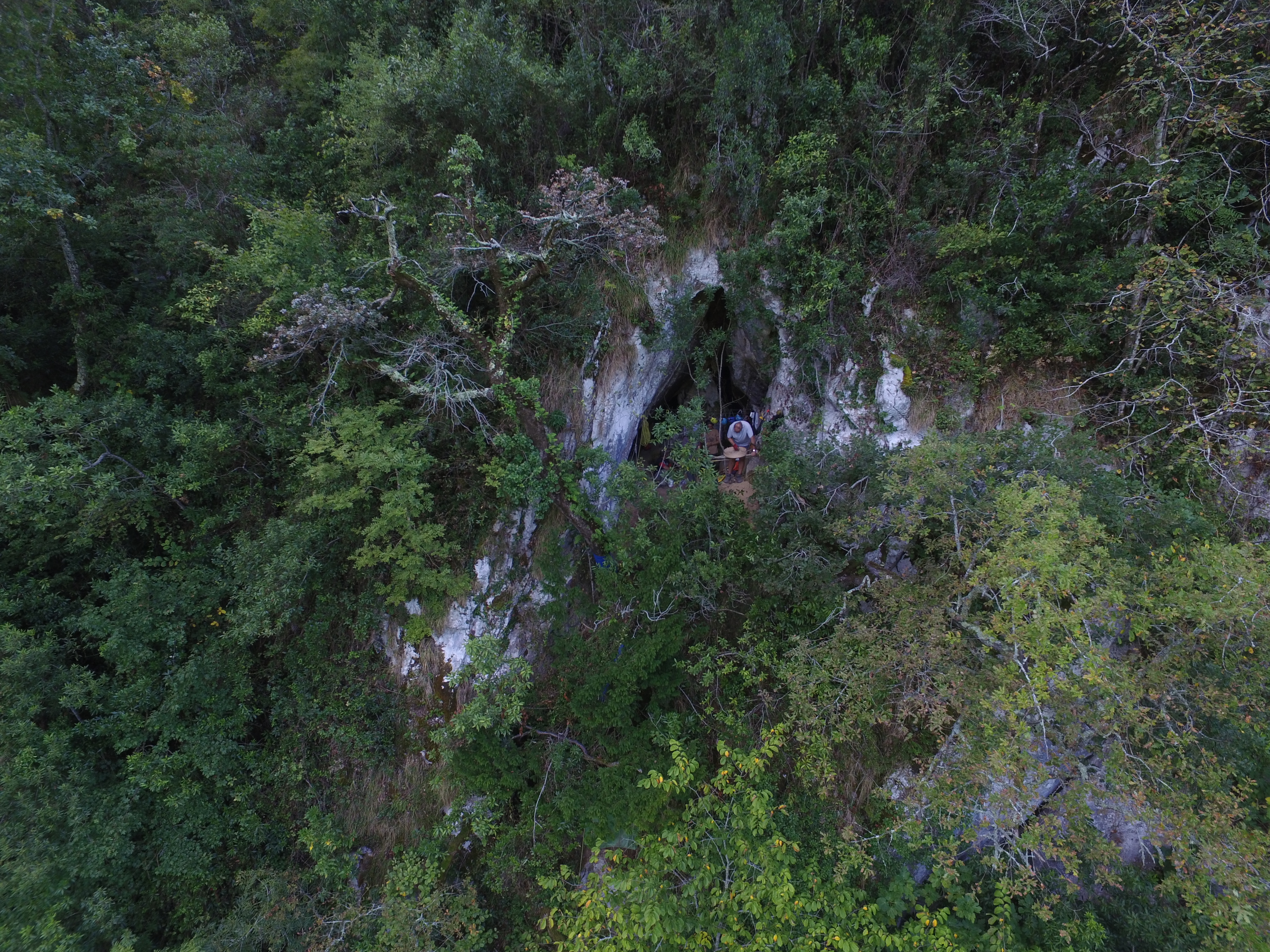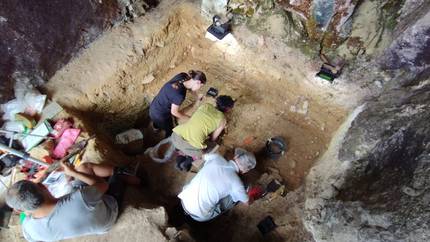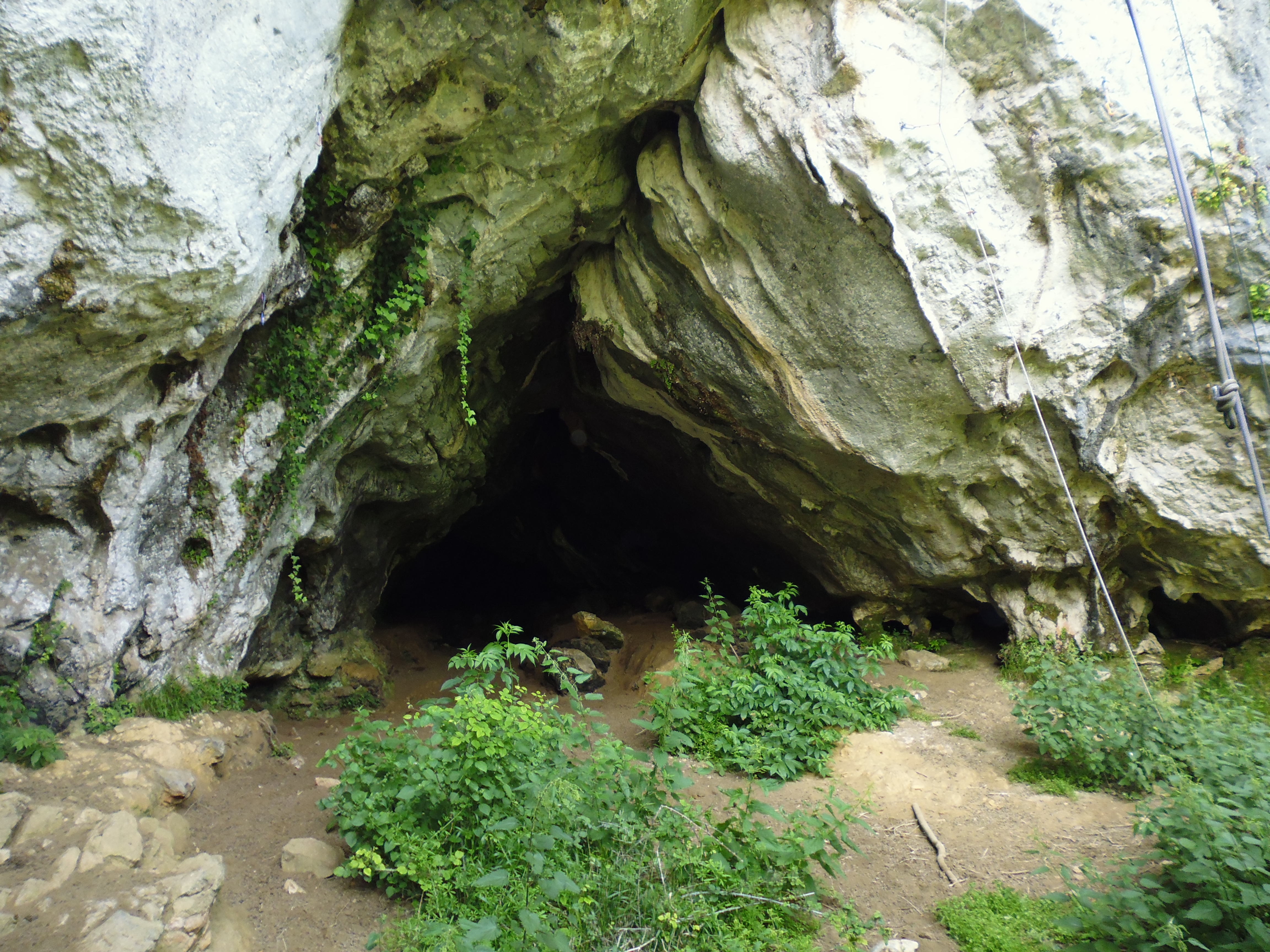Environmental evolution of Neanderthals in the cave of Amalda III
2024/05/02 Galarraga Aiestaran, Ana - Elhuyar Zientzia Iturria: Elhuyar aldizkaria

In the cave of Amalda III (Zestoa) the final results of interdisciplinary research have been published in the journal Quaternary Science Reviews, under the direction of the archaeologist Joseba Ríos Garaizar. The objective of this study was to complete, enrich and refine the excavations previously performed in this cave, to better understand the adaptation to the environment of the Neanderthals who lived in the cave, between 100,000 and 45,000 years ago.
For this, we have had the collaboration of specialists from different disciplines, which is the first thing highlighted by Ríos: “This has allowed us to define a broad chronology and, with it, environmental information. This is very important, because so far we had almost nothing about the environment, and what we had was no dating. Now, using pollen as an indicator of dating, we have linked culture, dating and the environment, thus knowing the evolution of the cave and its Neanderthals.”
The article specifies that pollen sequences, micromorphology, optical stimulated luminescence (OSL) and collections of lithic fauna and indusria have been used to explain and understand Neanderthal changes and their relationship with the environment. “It’s a very interesting time: an interglacier ends, then a harsh ice age comes along and then another interglacier, less clear, but good. At this time classical Neanderthals develop and the last chapter of Neanderthals is written. That’s why it’s so important,” explains Ríos.
Two times, two cultures
Amalda III was first explored by the Antxieta Archaeological Group during the years 1983-1984. An archaeological sequence of the Middle Paleolithic was discovered and subsequent excavations showed that the Neanderthals lived in the cave twice. The first began in the MIS5 and had the Levallois industry, with points and faces of the mousterian culture, and the second took place at the beginning of the MIS3 and had the Basque industry.
Environmental conditions varied from a few moments to another and Neanderthals adapted to them on both occasions: in the oldest layers, Neanderthals perform short stays in which work tips are repaired, while in the upper layers more intense activities are carried out, for which heavier instruments are needed, using volcanic rocks found in the Urola area.
Despite having obtained very valuable information, Ríos has advanced that in the coming years they will continue to complete the history of the Amalda Neanderthals, as more materials are appearing on the excavations being carried out. In addition, our data serve to interpret the remains of other Cantabrian deposits. And that is also important, because this is how knowledge is born, adding contributions from each discipline and relating our data with those of others”.

Gai honi buruzko eduki gehiago
Elhuyarrek garatutako teknologia





